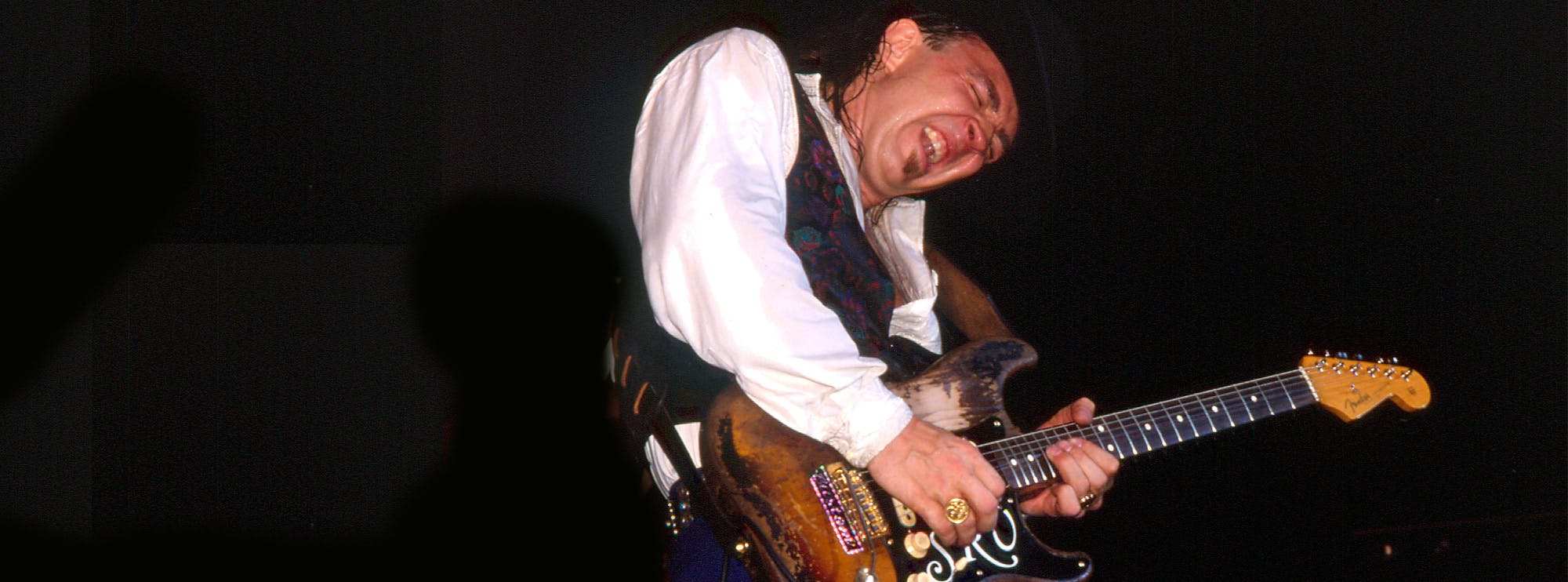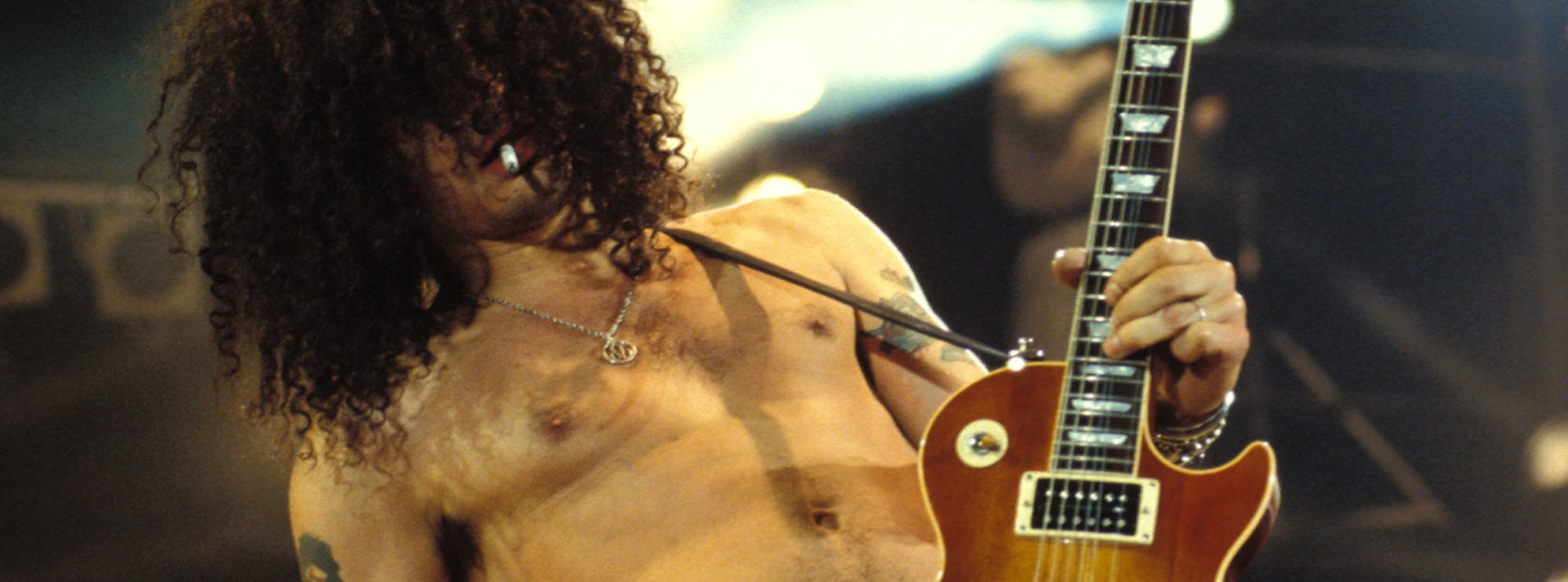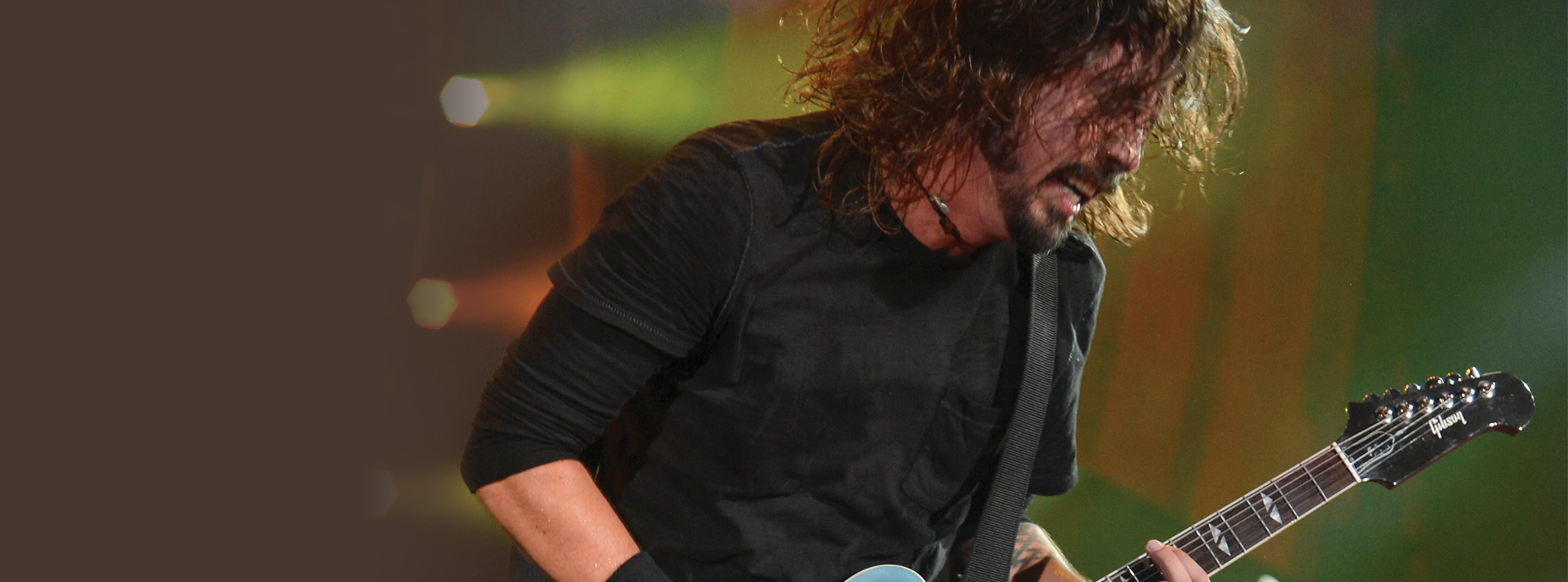Bohemian Rhapsody by Queen: Guitar Lesson
Queen's iconic track "Bohemian Rhapsody" from the album 'A Night at the Opera' is nothing short of a magnum opus in the realm of rock music. A symphonic masterpiece of diverse musicality and emotions, it poses an exhilarating challenge for guitarists. Sam Bell breaks down one of the most iconic songs in rock in this exclusive Lick Library tutorial.
Guitar Chords & Scales
A kaleidoscope of chord progressions provides the bedrock of "Bohemian Rhapsody". The opening sequence beautifully intermingles Bb with Gm7, and the chord progression of the ballad section is accentuated by Freddie Mercury's pianistic touch, underpinned by chords like F, A, and Dm, to name a few.
However, for the guitarist, particularly Brian May, the operatic section and the hard rock section steal the show. May heavily employs the E flat scale, providing a tonal landscape that offers both tension and resolution.
Solo Analysis
May's solo in "Bohemian Rhapsody" is a testament to his mastery of the instrument and his nuanced approach to songwriting. The solo fits the song's narrative beautifully, conveying a sense of melancholy and reflection before diving into the tumultuous operatic section.
Utilising a Red Special guitar through a VOX AC30 amp to achieve his signature tone, Brian May's melodic choices are impeccable. The use of wide vibrato gives the notes a singing quality, while his precise alternate picking ensures clarity in each note. He doesn't resort to a flurry of notes, but instead opts for deliberate, melodic phrases, making each note count.
Brian May's Distinctive Approach
Brian May's approach to "Bohemian Rhapsody" is akin to a storyteller. He isn't just playing the guitar; he's weaving tales of heartbreak, chaos, and rebellion. May's use of delay and multi-tracking his guitar lines showcases his studio genius. One can't discuss his sound without mentioning the unique coin-as-a-pick technique, which gives his notes a thicker, more defined edge.
Moreover, his knowledge of harmonics and the orchestration of guitars allows him to create a chorus of guitars, each adding layers to the track. His degree in astrophysics seems to translate into his playing, making us feel we're amidst stars.
Techniques Used in Bohemian Rhapsody:
- Vibrato: Brian May's use of wide vibrato gives his guitar lines a voice-like quality.
- Alternate Picking: Ensures precision and clarity in the notes.
- Harmonics: May's understanding of natural harmonics adds sparkle to the track.
- Power Chords: Heavily employed in the rock section, providing the song with its raw energy.
- Arpeggios: Adds a shimmering texture to the track's background.
- Pull-offs and Hammer-ons: Used for fluidity in the solo, giving it a legato feel.
- Barre Chords: Provides depth and richness in the rhythm sections.
- Slides: Adds expressiveness to the guitar lines, especially in the solo.
- String Bending: A quintessential part of May's phrasing, particularly in the solo.
- Chord Progressions: The song is replete with a variety of chordal movements, giving it its rich harmonic texture.
In essence, "Bohemian Rhapsody" isn't just a song; it's an odyssey. For guitarists, it provides a canvas to not just showcase technical prowess, but to understand the symbiosis between music and narrative. And Brian May, with his virtuosity and musical wisdom, serves as the quintessential guide.
About The Tutor
Tutor Profile
Sam Bell
Sam Bell has been playing guitar from the age of 4, since then he has played many styles from Funky Blues to screaming Metal/Fusion on 8 string guitar. A member of UK tech metal band ‘Mask of Judas’, he is also currently writing his own solo instrumental album. He also...




